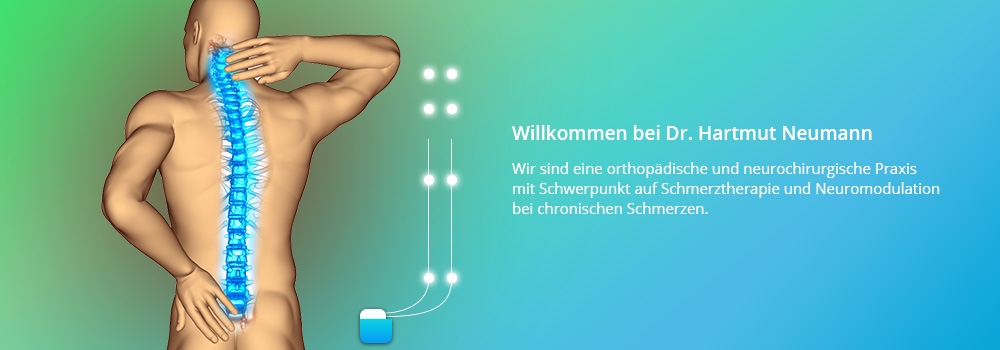Nucleoplasty or Coblation
Coblation means controlled removal (controlled ablation). This method, which is now used successfully all over the world, was developed by a Californian company in 2001, and involves heating the intravertebral disc to temperatures up to 70 °C.Many studies point to the superiority of this method as opposed to open surgery in the case of pain due to intravertebral disc protrusions, which are resistant to conservative therapies.
The patient is sedated with analgesics, and dozes while lying on his or her front. Using X-ray fluoroscopy, a tube is introduced into the centre of the affected intravertebral disc. A probe, which is slightly crooked at the end, is then fed through the tube. By moving the probe to and fro whilst rotating it, cone-shaped channels are created in the intravertebral disc. During the procedure, the probe is linked to a generator that creates an electrical plasma field around the probe. The proteins in the disc lose their gel-like consistency (like an egg being boiled in water) and move closer together. The result is a minimal shrinking of the disc, meaning that its protrusion can recede.
The risks posed by the intervention are minimal, but they may include the following: No guarantee of effectiveness, risk of infection, formation of haematomas and seromas, painful entry channels, injury to the abdominal artery and the intestine.
Several years ago, we trained many medical colleagues in this method as the reference centre at the Hesperia Hospital in Modena. We are in a position to carry out coblation.


